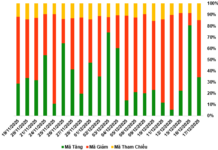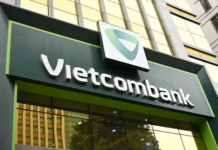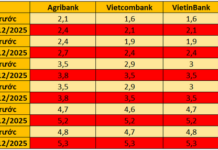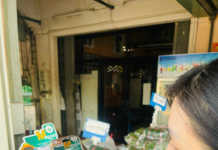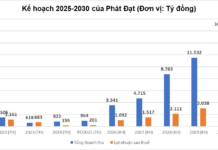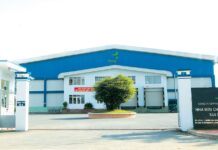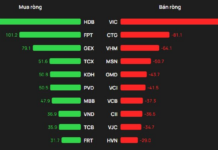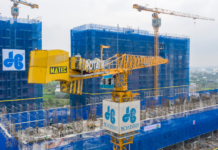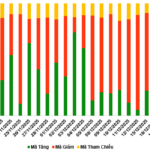This indicator highlights that the luxury retail sector in Ho Chi Minh City has recently witnessed the arrival of several major players in various luxury product categories, including watches, jewelry, and fashion, driven by the positive growth and high potential of the city’s affluent consumer base. These tenants continue to actively seek prime retail spaces in the central District 1 area.
According to Statista, the luxury goods market in Vietnam generated a total revenue of 957.22 million U.S. dollars in 2023. The revenue was primarily driven by product categories such as high-end perfumes and cosmetics, fashion, leather goods, and luxury watches and jewelry. The industry is projected to generate 992.20 million U.S. dollars in 2024. The growing middle class and rising disposable incomes in Vietnam have fueled the increasing demand for luxury goods.
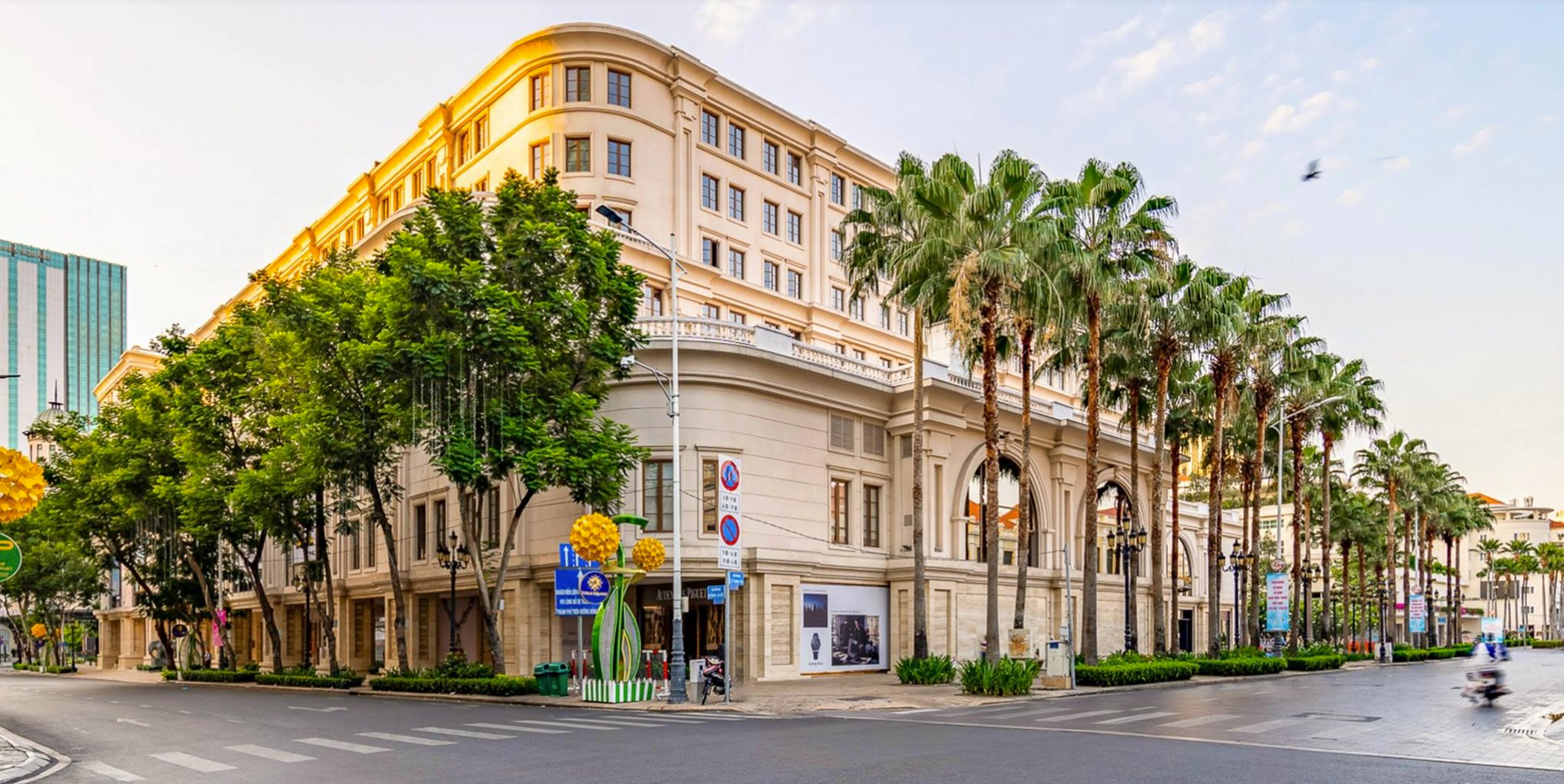
Savills’ Q1 2024 real estate market report indicates that several international luxury brands have swiftly entered the market in the first months of the year, including Fendi, Cartier, and Loewe. These are prominent names in the luxury watch, jewelry, and fashion sectors. The luxury market has witnessed a notable shift towards online sales, which are projected to account for 8.6% of total revenue in 2024, although physical stores are expected to continue driving over 90% of sales.
Data from Savills reveals that F&B, sportswear, and cosmetics retailers led leasing activity across the region in the second half of 2023. Outdoor retailers also expanded, while entertainment and experiential brands occupied more space in shopping malls.
In the luxury sector, luxury brands are investing in concept stores and more experiential retail formats. Flagship luxury stores, such as watchmaker Richard Mille’s new boutique in Singapore, offer immersive luxury experiences, complete with cocktail bars, cafes, and art installations.
According to Ms. Tran Pham Phuong Quyen, Senior Manager of Savills Ho Chi Minh City’s Retail Leasing Services, most high-end brands currently seek retail spaces in central Ho Chi Minh City areas that already house a concentration of luxury brands (luxury clusters). This trend demonstrates the strong appeal of these locations to potential customers of luxury brands.
“However, the supply of retail space in existing luxury clusters is limited, leading to high competition among brands,” Ms. Quyen noted.
The expert believes that the trend of seeking clustered retail spaces in the central area of District 1, along major roads and prime locations, reflects the “strength in numbers” factor prevalent in the retail industry. Brands tend to choose spaces in areas with multiple brands in the same segment to benefit from the agglomeration effect and attract customers.
Landlords have now eliminated rental discounts. Expansion brands accounted for 67% of total transactions, and deals exceeding 1,000 sqm GFA made up 8% of transactions. Fashion accounted for 50% of transactions, followed by F&B with a 20% share and health & beauty with a 15% share.
However, Savills experts also acknowledge that developing new projects in areas outside the central District 1 to meet the demand for luxury retail space poses a significant challenge. New projects require time to establish their reputation and attract customers, whereas brands often prioritize locations with an existing customer base.

